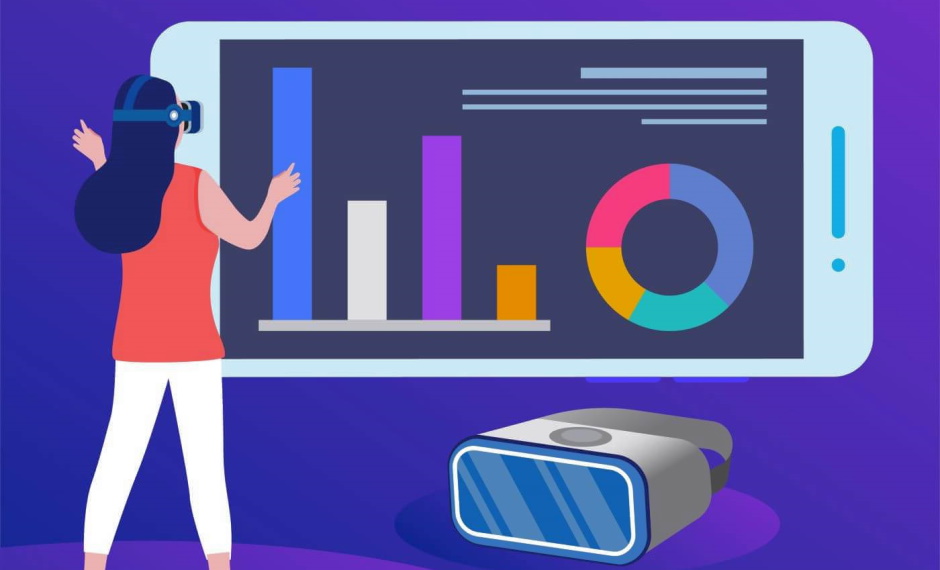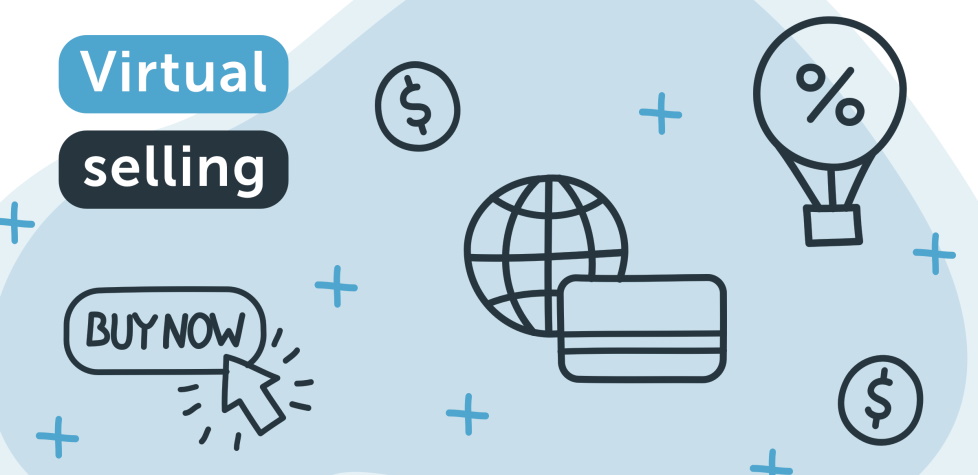
How to Transform Your B2B Sales Processes Through Virtual Engagement
Virtual engagement has become an essential part of business operations. Whether you’re looking to improve communication among employees or increase efficiency during the sales process, virtual engagement can help. This article will outline how to make the most of virtual engagement for your B2B sales process.
Thanks to advances in technology, virtual engagement can take many forms. For example, you might use video conferencing to connect with clients or colleagues in different locations. Or you might rely on online tools like chatbots and wikis to communicate with customers and coworkers more effectively.
No matter which tools you choose, it’s important to tailor your approach to fit the needs of your business. In particular, pay attention to the unique selling points of your products or services and find ways to showcase them through virtual interaction. By doing so, you’ll make it easier for potential customers to learn about what you offer and create a more efficient and productive work environment for your team members.
The next generation of B2B sales: how to sell virtually
Sales reps are on the front lines of any company, and they need to be able to engage potential customers in a personal and professional way. The goal is to build relationships and trust while also providing value.
However, many B2B companies still use outdated sales processes that rely on in-person interactions. This can be costly and time-consuming and doesn’t always allow for the best possible customer experience.
Fortunately, there is a better way. By harnessing the power of technology, you can enable your sales reps to engage with potential customers virtually. This will save time and money while providing a more personalized and engaging experience for your customers.
Here are some tips for transforming your B2B sales processes through virtual engagement:
- Use video conferencing to connect with potential customers.
Video conferencing is a great way to connect with potential customers and build relationships. It’s personal and engaging, and it allows you to build rapport without having to meet in person.
- Utilize social media to reach potential customers.
Social media is a powerful tool that can be used to reach potential customers who might not be reached through traditional methods. Creating valuable content and sharing it on social media can attract new leads and build relationships.
- Use email and webinars for lead generation.
Email and webinars are effective tools for generating leads and building relationships. You can use email to nurture leads and keep them engaged, while webinars allow you to provide valuable information and build trust.
- Implement a customer relationship management (CRM) system.
A CRM system will help you manage your customer relationships and track your sales process. This will give you the ability to see what’s working and what isn’t, so you can make necessary adjustments.

- Train your sales reps on how to use virtual engagement tools.
It’s important to train your sales reps on how to use virtual engagement tools effectively. They need to know how to use them to build relationships and trust while also providing value. By providing training, you can ensure that your sales reps use these tools to their fullest potential.
Virtual engagement is a powerful way to transform your B2B sales processes. Utilizing the tips above enables your sales reps to build relationships and trust while also providing value. Implementing virtual engagement will save you time and money and provide a more personalized and engaging customer experience.
How digital buying is reshaping B2B sales
The traditional B2B sales process is under pressure. In today’s digital world, customers are better informed and more connected than ever. As a result, they can easily find alternatives to your product or service and are not afraid to switch suppliers if they’re not getting what they need.
You need to rethink your sales strategy to stay ahead of the competition. Here’s how digital buying is reshaping B2B sales:
- Customers are doing their own research
Customers are no longer relying on salespeople for information about products and services. Instead, they’re turning to the internet to do their own research.
According to a study by Forrester, 60% of B2B decision-makers say they don’t need to talk to a salesperson to research and identify options.
This means that, by the time a customer reaches out to you, they already have a good idea of what they need and what’s available on the market.
- The buying process is more collaborative
In the past, the B2B sales process was linear, with the salesperson taking the lead. Today, it’s more collaborative. Customers involve more people in decision-making, including colleagues, friends, and family.
According to a study by Accenture, 43% of B2B buyers involve three or more decision-makers in their purchasing decisions.
This trend is driven by the increasing complexity of B2B products and services. Customers want to be sure they’re making the right decision, so they involve more people in the process.
- Customers are using digital channels
Customers increasingly use digital channels like social media, search engines, and online reviews to research and identify potential suppliers.
According to a study by Google, 67% of B2B buyers say they use search engines at every stage of the buying process. And, 48% of buyers say they start their research with a generic search.
This means that it’s essential for your business to have a strong online presence. If you’re not visible online, you’re at risk of being left behind by your competitors.

- Sales cycles are getting longer
The traditional B2B sales cycle was relatively short, typically lasting just a few weeks. Today, however, the average B2B sales cycle is much longer.
According to a study by CSO Insights, the average B2B sales cycle now lasts 23% longer than it did just five years ago.
This trend is being driven by the increasing complexity of B2B purchasing decisions. Customers want to be sure they’re making the right decision, so they’re taking their time.
- Pricing is becoming more transparent
In the past, pricing was one of the most important factors in the B2B sales process. However, today, customers are more concerned with value than price.
According to a study by Accenture, 60% of B2B buyers say they’re willing to pay more for a product or service that delivers superior value.
The increasing transparency of pricing information is driving this trend. The internet lets customers easily compare prices and find the best deals.
- The role of salespeople is changing
With customers doing their own research and becoming more knowledgeable about products and services, the role of salespeople is changing.
Salespeople are no longer the primary source of information for customers. Instead, they’re becoming advisers and consultants.
According to a study by CSO Insights, 62% of B2B salespeople say they’re now focused on providing advice and consulting rather than selling products.
- Sales strategies are evolving
With the B2B sales landscape changing, businesses need to evolve their sales strategies.
According to a study by Forrester, 70% of businesses say they plan to make changes to their sales strategies in the next 12 months.
Some of the most popular changes include increasing investments in digital channels, such as social media and search engine optimization (SEO), and expanding the use of customer relationship management (CRM) systems.
- Technology is transforming sales
Technology is playing an increasingly important role in the B2B sales process.
According to a study by Forrester, 43% of businesses say that technology has transformed their sales process.
The most popular technologies being used by sales teams include CRM systems, social media, and mobile devices.
CRM systems are being used to manage customer data and track sales opportunities. Social media is being used to connect with customers and build relationships. And mobile devices are being used to access customer data and stay connected while on the go.
- Data is becoming more important
Data is becoming increasingly important in the B2B sales process.
According to a study by McKinsey & Company, businesses that use data-driven selling techniques are 1.5 times more likely to outperform their competitors.
The increasing availability of data is driving this trend. Thanks to technology, businesses now have access to more data than ever before.



